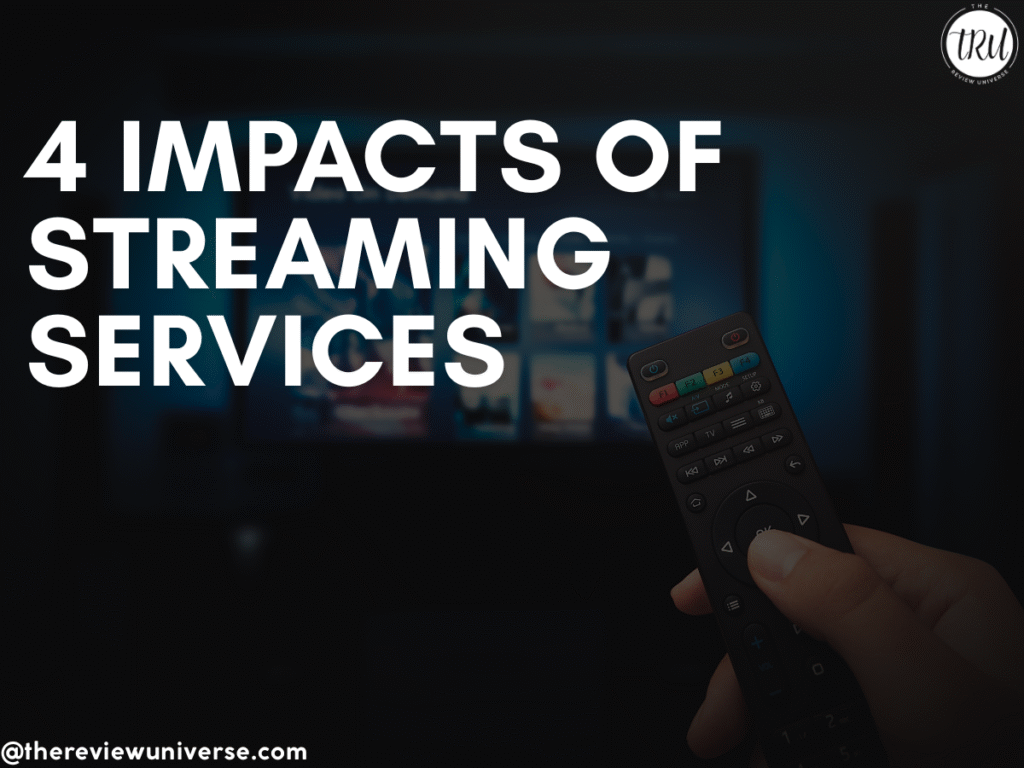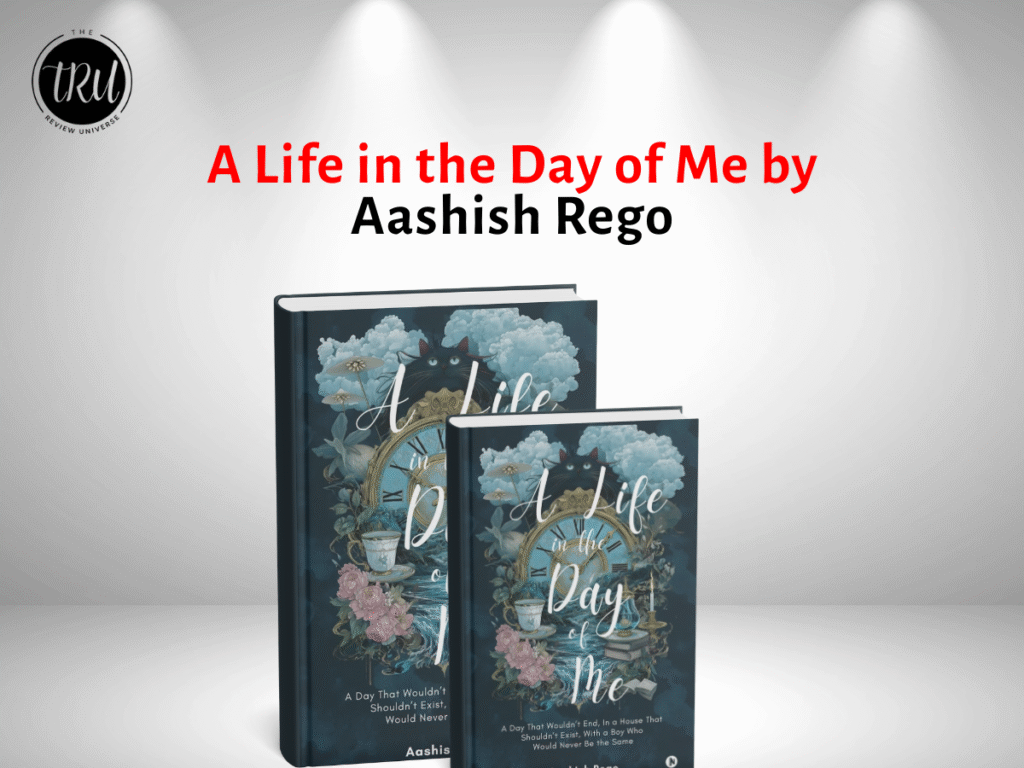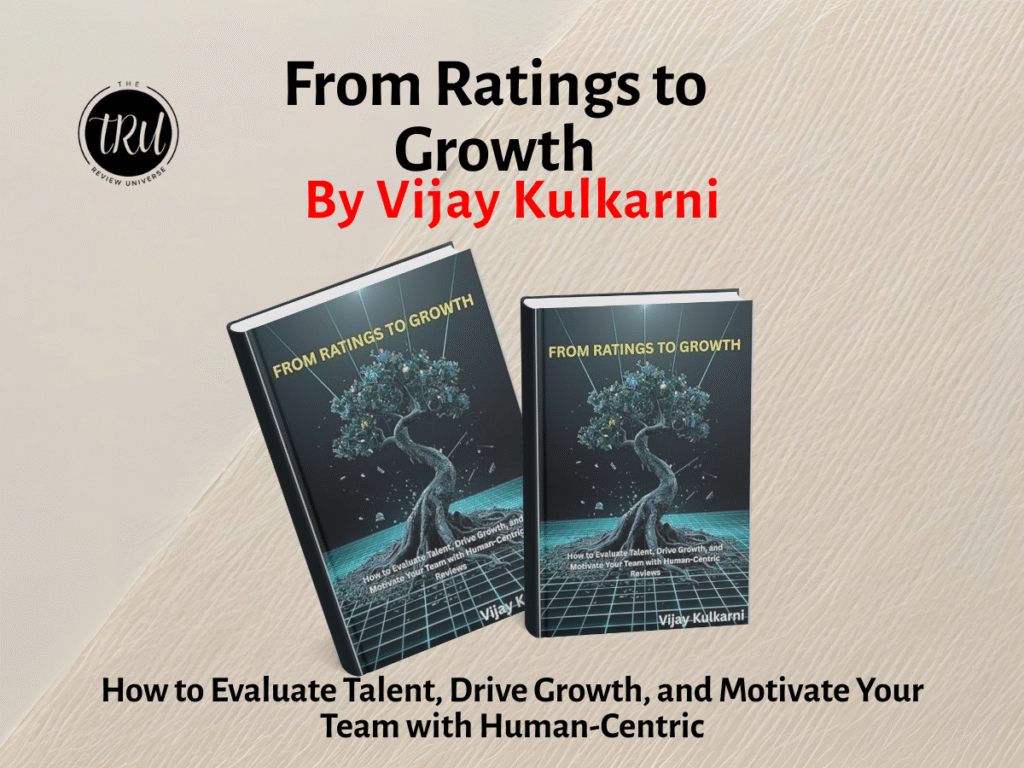
4 impacts of streaming services. In the rapidly changing world of media consumption, no force has had a greater impact on cinematic culture than the introduction and growth of streaming services. This transformation creates unprecedented prospects for accessibility and diversification while also posing serious challenges to existing industry structures and the very nature of moviegoing.
Understanding the complex impact is critical for any leader navigating the modern entertainment industry. Streaming’s most immediate and undeniable impact has been to democratise access to an enormous library of films.
Audiences now have access to a vast cinematic universe, allowing them to find and revisit films. This convenience has promoted a culture of discovery, allowing viewers to look beyond major blockbusters and discover unique stories that would otherwise go unnoticed.
This broad accessibility is especially useful for critically praised, yet unconventional, cinematic successes. It has empowered storytellers, amplified marginalized voices, and turned passive viewers into active curators of their own entertainment experience.
As the industry continues to evolve, embracing the complexities of streaming is not just a strategy but a necessity for survival and relevance. Independent filmmakers, regional artists, and emerging directors now stand a genuine chance of finding recognition and success without the conventional studio backing that was once essential.
Streaming has also blurred the lines between film and television, with long-form storytelling in limited series formats gaining popularity. Filmmakers are no longer constrained to a 90-minute runtime and can develop complex characters and layered narratives over multiple episodes.
In many ways, the audience has become an active participant in shaping cinematic trends, as viewing patterns and preferences directly inform what kind of content gets commissioned and promoted. Audiences now have access to a vast cinematic universe, allowing them to find and revisit films.
This convenience has promoted a culture of discovery, allowing viewers to look beyond major blockbusters and discover unique stories that would otherwise go unnoticed. This broad accessibility is especially useful for critically praised, yet unconventional, cinematic successes.
4 Impacts of Streaming Services
1. Challenges To Theratical Experiences And Traditional Release Models

This seismic upheaval is not without complications. The widespread availability of streaming has surely influenced the traditional theatrical experience. For many, the charm of cinema, with its social viewing and big size, has faded in comparison to the comfort and ease of home viewing. This has resulted in shorter theatrical runs, hybrid releases, and a greater reliance on event films to attract viewers.
Financial structures for filmmakers, particularly those outside of blockbuster movies, are also changing as conventional revenue streams from the box office and tangible media dwindle. The art of film preservation and the cultural relevance of a shared cinematic moment are under increasing constraints, forcing industry stakeholders to adapt. Theatrical experiences had challenges created an impact on streaming services.
2. The Binge Watching Cluture And Consumption Habits

Streaming Services : Prime Video
Streaming has also created a “binge-watching” culture, radically changing how narratives are consumed. This transition departs from the episodic weekly anticipation of television or the single event of a movie debut. While it gives viewers complete control over their consuming rate, it may also result in a more passive viewing experience, perhaps weakening the effect or critical reflection on particular films.
The constant flow of content may encourage quantity over intelligent engagement, as fans go from one movie to the next in the huge digital sea, thereby impeding a deeper appreciation of cinematic art. Binge-watching culture has created a major impact streaming services.
3. Impact On Filmmaking And Industry Landscape

Streaming Services : Netflix
For filmmakers and the business as a whole, streaming is a double-edged sword. On the one hand, it opens up unparalleled potential for diverse narrative and finance, particularly for projects that may not appeal to major studios’ risk-averse policies. Directors with distinct visions can find venues that will fund and distribute their work abroad. On the other hand, it opens up new battlegrounds for talent and intellectual property.
The data-driven nature of streaming giants can influence creative decisions, and the emphasis on “hours watched” may inadvertently push towards certain types of content that keep subscribers engaged rather than purely artistic endeavours, calling into question traditional notions of creative freedom. Streaming services are being impacted through the filmmaking industry.
4. The Future : Coexistence And Evolution
Streaming services : IMDb
Looking ahead, the connection between streaming and film culture is likely to be one of dynamic coexistence and ongoing growth. The theatrical experience will most likely continue, albeit as a more expensive, event-driven offering, while streaming remains the dominant source of discovery and informal consumption.
Filmmakers will continue to adapt their artistry to both models, embracing streaming’s financial backing and worldwide reach while maybe saving certain cinematic experiences for the big screen. In this hybrid world, the industry must establish long-term strategies that promote both artistic integrity and commercial sustainability, assuring a vibrant future for cinema in all of its manifestations. It is one way that may impact streaming services.
The Biggher Picture : Cultural Impact of Streaming
Streaming services have democratised film, in addition to providing convenience. Independent creators can now reach worldwide audiences. Foreign language films and minor genres share space with blockbuster franchises. The old box office, which was once the only measure of success, now coexists with algorithms and binge culture.
Streaming services have also expanded storylines, highlighting perspectives that were previously under-represented in Hollywood. As the distinctions between cinema and content blur, one thing is certain: streaming has altered not only how we watch films, but also why we watch them. And in this new world, stories are more important than screens.
For further articles : 10 Underrated Books That Deserve More Hype






